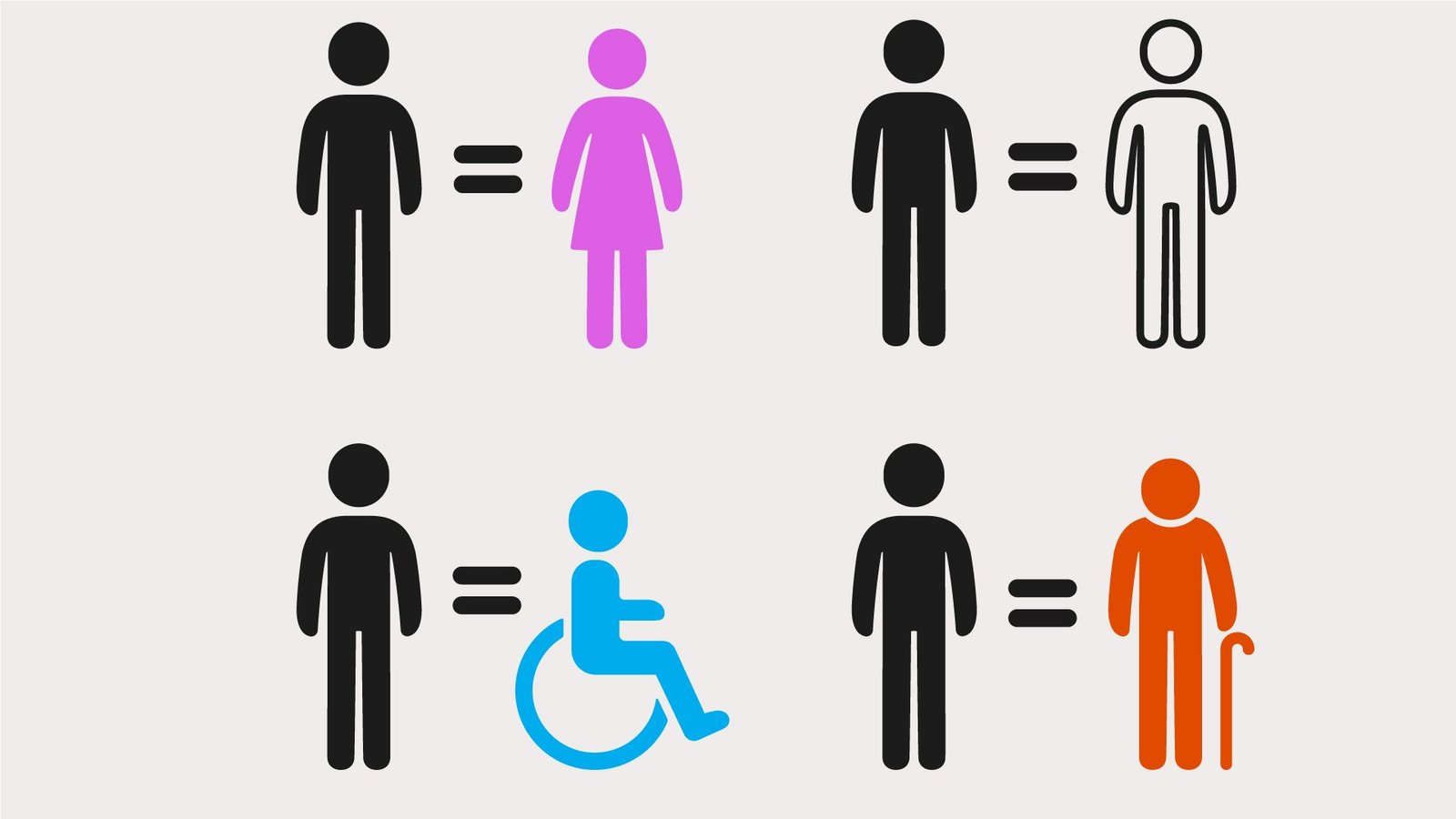
Ableism
Ableism (Capacitismo) This is a type of discrimination and oppression towards people with disabilities founded on a system of beliefs in the framework of capitalism. It is based on an ideal of a person where their value resides in their functionality; in their physical, sensory, cognitive, and mental characteristics; and in their productivity or economic contribution. It underestimates and rejects



















